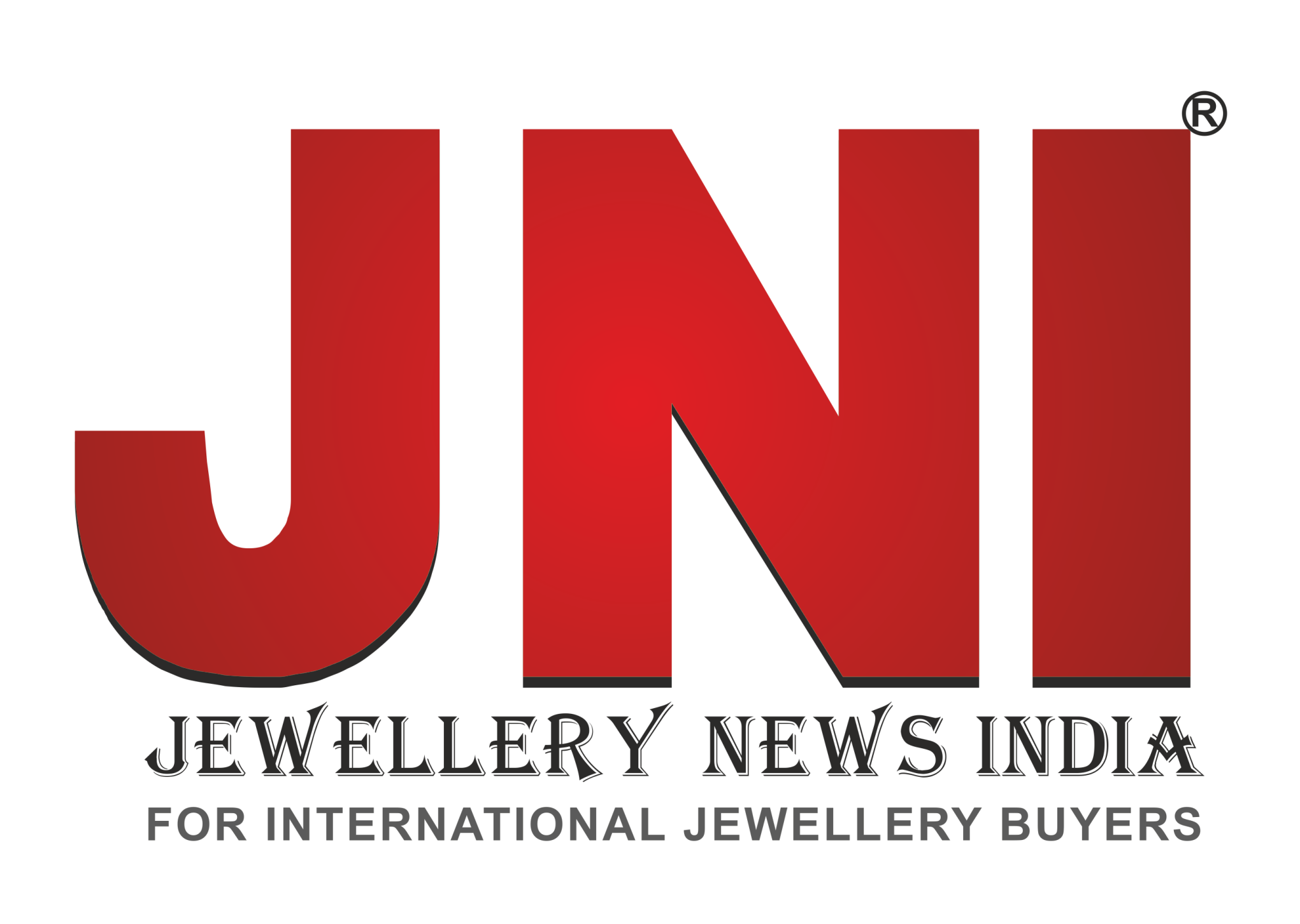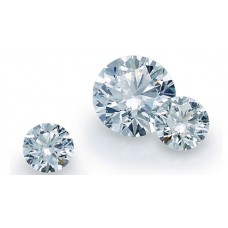FTC announces Final Revisions to the Jewelry Guides
The Federal Trade Commission (FTC) has amended its Jewelry Guides to help prevent deception in jewelry marketing. In 2012, as part of its systematic review of its rules and guides, the Commission sought public comments on the Guides’ costs and benefits, and whether they should be repealed, amended, or retained in their current form. It also sought comments on specific issues concerning composite gemstones, pearls, diamonds, and precious metal alloys.
Using comments and information obtained during a June 2013 public roundtable, in January 2016, the agency proposed, and sought public comments on, revisions to the Guides regarding below-threshold alloys, precious metal content of products containing more than one precious metal, surface application of precious metals, lead-glass filled stones, “cultured” diamonds, treated pearls, varietals, and misuse of the word “gem.”
Spread in to 161 pages, the Jewelry Guides undertaken the revision specifically, the FTC revisions addresses (1) surface application of precious metals, (2) alloys with precious metals in amounts below minimum thresholds, (3) products containing more than one precious metal, (4) composite gemstone products, (5) varietals, (6) “cultured” diamonds, (7) qualifying claims about man-made gemstone products, (8) pearl treatment disclosures, (9) use of the term “gem,” (10) misleading illustrations, (11) the definition of “diamond,” and (12) exemptions recognized in the assay for gold, silver, and platinum.
In the H under the section III the guideline addressed Cultured diamonds as the previous Guides did not specifically address using “cultured” to describe laboratory created diamonds and other gemstones. In the 2012 Notice, the Commission sought information concerning the use of “cultured” to describe laboratory-created diamonds and other gemstones.
The International Grown Diamond Association (IGDA) pursued FTC that qualifying terms such as “synthetic” and “imitation” are, in fact, deceptive, and recommended the Commission “prohibit” marketers from using them to describe lab-grown diamonds. IGDA contended that competitors use “synthetic” and “imitation” to disparage lab-grown diamonds and confuse consumers, who mistakenly believe the terms describe simulated products made from glass, plastic, or cubic zirconium.
The final Guides address the term “cultured” when used to describe laboratory-created diamonds in three ways.
They advise against using the term without qualification. Additionally, they state that marketers may use the term non-deceptively when qualified and suggest possible qualifications. Finally, the Commission removes the term “synthetic” from the examples of possible qualifications.
However, the Commission finds no evidence that consumers would be deceived by marketers’ use of “cultured” to describe diamonds as well as pearls, provided the “cultured diamond” claim is appropriately qualified as the final Guides advise.
By the end the FTC said, “Because the evidence shows that “cultured diamond” claims can be qualified effectively, the Commission lacks a sufficient basis under Section 5 to advise marketers against using the term.
After the comment period closed, JVC and Diamond Producers Association, representing mined diamond producers, as well as International Grown Diamond Association, separately spoke to FTC staff, expressing opposing concerns about the use of the terms “real” and “genuine” to describe both mined and manufactured diamonds.
As discussed the Commission no longer defines a “diamond” by using the term “natural” because it is no longer accurate to define diamonds as “natural” when it is now possible to create products that have essentially the same optical, physical, and chemical properties as mined diamonds.
Therefore, the Commission is interested in consumer perception evidence that shows whether “real,” “genuine,” “natural,” and similar terms can be used non-deceptively to describe lab-grown diamonds, and encourages stakeholders to submit such evidence if available.
However, the Commission cautions marketers that it would be deceptive to use the terms “real,” “genuine,” “natural,” or “synthetic” to imply that a lab-grown diamond (i.e., a product with essentially the same optical, physical, and chemical properties as a mined diamond) is not, in fact, an actual diamond. (The news is a choicest part, edited in the context of mined & LGD).




